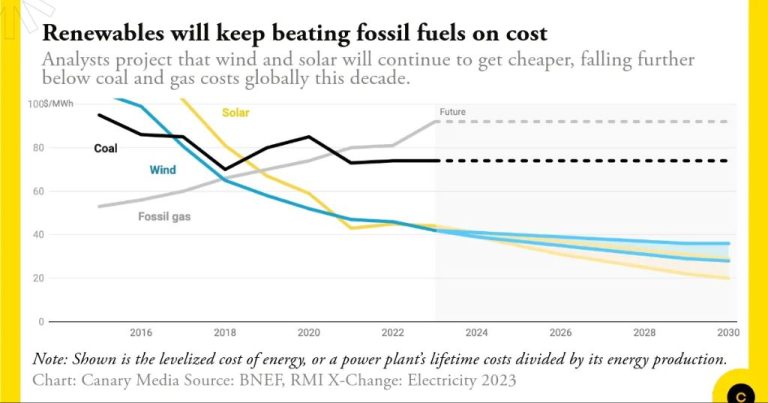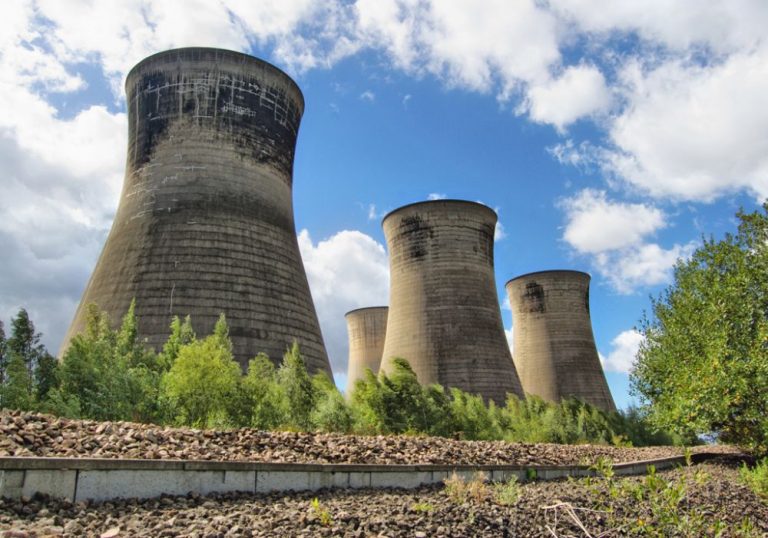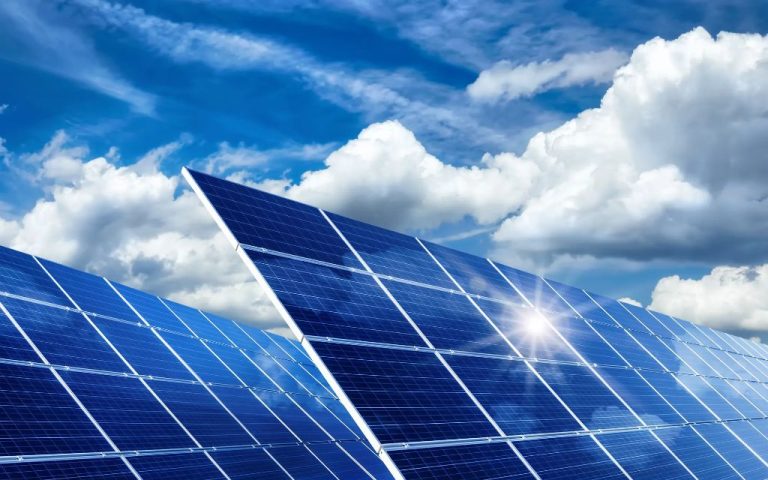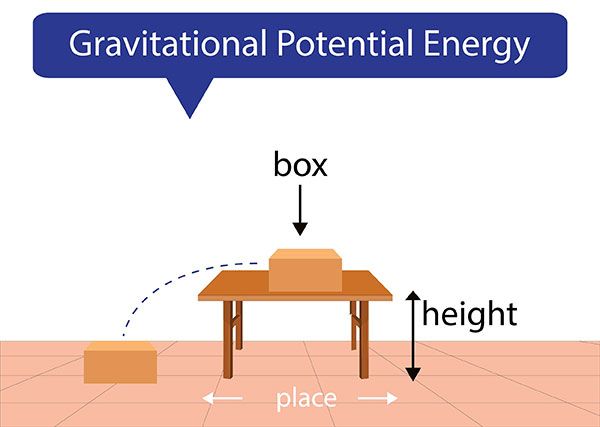Which Form Of Energy Is Transferred From One Object To The Other?
Energy transfer refers to the process of energy moving or being transported from one object or system to another. There are different forms in which energy can exist and be transferred. The main forms of energy that can be transferred from one object or system to another include:
Mechanical Energy
Mechanical energy is one of the most common forms of energy that gets transferred from one object to another. It involves the movement of objects and can exist in two forms – kinetic energy and potential energy.
Kinetic energy is the energy possessed by an object due to its motion. For example, a moving car, the wind, and flowing water all contain kinetic energy. The faster the object moves, the more kinetic energy it possesses. When one moving object hits another, it transfers some of its kinetic energy and causes the other object to move. This transfer of kinetic energy is apparent when a moving ball hits another stationary ball and causes it to move. The kinetic energy gets passed from one ball to the other upon collision.
Thermal Energy
Thermal energy is the energy transferred between objects due to a temperature difference. This temperature difference causes heat to flow from a warmer object to a colder one, until they reach thermal equilibrium and have the same temperature. Heat can be transferred in three main ways:
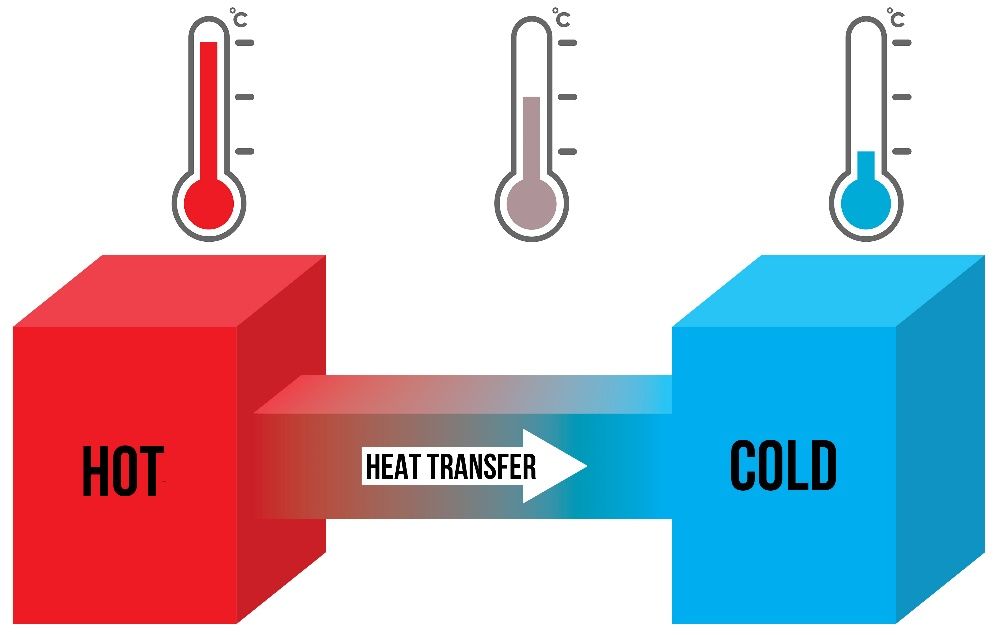
- Conduction – Heat transfer through direct contact between objects, such as a pot on a stove burner.
- Convection – Heat transfer via movement of liquids and gases, such as hot air rising or water boiling.
- Radiation – Heat transfer via infrared electromagnetic waves, such as heat from the sun warming the Earth.
Thermal energy flows spontaneously from hot to cold objects until equilibrium is reached. This principle underlies everything from refrigerators to internal combustion engines. Understanding how to control and utilize thermal energy transfer has been essential for developing technologies that harness various forms of energy.
Chemical Energy
Chemical energy is the energy stored in the bonds between atoms and molecules. It is the energy that holds these particles together. During chemical reactions, these bonds are broken and rearranged, resulting in a release or absorption of energy.
For example, natural gas, petroleum, coal, wood, and food are some common substances that store chemical energy within their molecular bonds. When these substances undergo combustion or digestion, chemical energy gets converted to thermal energy and the molecules release heat and light. Explosives and batteries also harbor great amounts of chemical energy, which can be rapidly liberated in chemical reactions to produce sudden energetic transformations.
In living organisms, carbohydrates and fats contain considerable chemical energy, which is needed to fuel metabolic processes. The energy in ATP (adenosine triphosphate) and in the phosphoanhydride bonds linking its components is used to power many biochemical reactions and cellular processes. Overall, chemical energy is an essential form of energy that is required for life and modern civilization. It powers our bodies, vehicles, electricity, and industries.
Electrical Energy
Electrical energy is the movement of electrons from one atom to another within an electrical circuit. It involves the flow of electric charges or current through a conductor. This flow of charges creates voltage, which enables the electrical energy to be harnessed and put to use.
Some key characteristics of electrical energy are:
- It results from the flow of electrons which have a negative charge.
- The current or rate of flow is measured in amperes.
- Voltage, or the force driving the current, is measured in volts.
- Resistance in the conductor can impede the flow of electrons.
- Materials like metals are good conductors as they allow an easy flow of electrons.
- Insulators like rubber do not conduct electricity well.
Electrical energy has become an integral part of modern life. It powers homes, offices, industries, transport systems and is used in communications. It also plays a vital role in technology. Electrical devices convert electrical energy into other useful forms like light, heat, sound etc.
Radiant Energy
Radiant energy is the energy that is transferred by electromagnetic waves or radiation. It refers to the emission and propagation of energy through space or a material medium in the form of waves. Examples of radiant energy include gamma rays, x-rays, ultraviolet light, visible light, infrared radiation, microwaves, and radio waves.
All these forms of radiation are classified as electromagnetic waves or radiation since they have electric and magnetic field components and travel through space at the speed of light. They differ in wavelength or frequency. Gamma rays have the shortest wavelengths while radio waves have the longest wavelengths.
Radiant energy is produced by the acceleration or deceleration of charge carriers such as electrons. For instance, gamma rays are emitted from the nucleus of radioactive atoms during nuclear transitions. X-rays are emitted when electrons transition between different atomic energy levels. Visible light is emitted by excited electrons when they return to lower energy levels in atoms.
Radiant energy does not rely on a material medium for propagation but can travel through a vacuum. It exhibits wave-particle duality – exhibiting properties of both waves and particles. The energy of the radiation is directly proportional to the frequency or inversely proportional to the wavelength.
Radiant energy is transferred when it is absorbed by matter. It can produce changes in atoms and molecules by exciting electrons to higher energy levels or ionizing them completely. This energy can be converted into other forms like thermal, electrical, or chemical energy through various interactions.
Nuclear Energy
Nuclear energy comes from the splitting (fission) or fusion of atomic nuclei. Nuclear fission is the most common method for producing nuclear energy. In nuclear fission, neutrons bombard uranium or plutonium atoms, causing their nuclei to split apart into lighter atoms. This splitting process releases a large amount of energy. The energy released by nuclear fission generates heat that is then used to heat water and produce steam. The high-pressure steam turns a turbine, which spins a generator, producing electricity. Nuclear energy has some key advantages – it does not produce any direct greenhouse gas emissions or air pollutants and has a high energy density. However, there are concerns around the safety of nuclear power plants and the disposal of radioactive waste.
Sound Energy
Sound energy is the form of energy associated with sound waves. It is generated when an object vibrates and causes slight variations in air pressure that travel away from the object as sound waves. These waves carry energy that is detected by the ear and perceived as sound.
The source of all sound is vibration. When an object vibrates, it causes the air particles around it to vibrate as well. The vibrating air particles bump into neighboring particles, causing them to vibrate too. This creates a chain reaction that travels outward from the source in all directions as longitudinal waves, which are waves that vibrate parallel to their direction of travel.
As the sound waves reach our ears, they cause vibrations of the eardrum, which are then translated into nerve signals that travel to the brain. The brain interprets these signals as different pitches and loudness of sound that we perceive. So the mechanical energy of vibrations gets converted into sound energy as the waves travel through the air, which our ears can detect as acoustic energy.
The frequency and amplitude of the sound waves determine the pitch and volume of the sound we hear. Higher frequency waves have a higher pitch, while greater amplitude waves are louder. Factors like the material and shape of the vibrating object also affect the type of sound produced.
Some common examples of vibrations producing sound waves include vocal cords vibrating when we speak, strings vibrating on a guitar, and membranes vibrating on drums. The variety of sounds we hear all originate from vibrations of different frequencies and amplitudes. So in summary, sound energy originates from mechanical vibrational energy that gets transmitted through particles as waves, which we perceive as different sounds.
Magnetic Energy
Magnetic energy is the energy associated with magnetic fields. It is transferred when magnetic objects interact. The most common example is the attraction or repulsion between two magnets. This force is caused by invisible magnetic fields that surround magnets.
The magnetic fields consist of magnetic lines of flux. When two magnets are brought close together, their magnetic fields interact. The magnetic lines of one magnet exert forces on the magnetic lines of the other magnet. The interactions cause the magnets to either be attracted to or repelled from each other. The stronger the magnets’ fields are, and the closer they are together, the greater the force of attraction or repulsion.
As the magnets attract or repel, energy is transferred between their magnetic fields. This is known as magnetic potential energy. The gain or loss of this energy causes the magnets to move toward or away from each other. The energy transfer happens continuously as long as the magnets are moving relative to each other.
Magnetic potential energy and magnetic forces are also used in electric motors and generators. The interactions between magnetic fields in motors and generators allow the conversion between magnetic, electric, and mechanical energy.
Gravitational Energy
Gravitational energy is the energy stored in interactions between objects through the gravitational force. Gravity is one of the four fundamental forces in nature, along with electromagnetism, strong nuclear force, and weak nuclear force. The gravitational force exists between all objects that have mass. The greater the masses of the objects and the closer they are to each other, the greater the gravitational force between them.
When two objects interact through gravity, they possess gravitational potential energy. This is the energy an object has because of its position or height above the ground. For example, a book sitting on a table has gravitational potential energy that can be converted to kinetic energy if it falls off the table. The higher the book is above the ground, the more potential energy it has. Gravitational potential energy depends on the masses of the objects, the distance between them, and the height of one object above a reference point.
As an object falls under gravity, its potential energy is converted to kinetic energy, which is the energy of motion. The velocity of a falling object steadily increases as gravitational potential energy gets converted to kinetic energy. When the object hits the ground, all of that energy gets transferred in the collision. Gravitational energy is constantly being transferred between potential and kinetic energy in interactions between objects through gravity. This energy transfer powers many natural processes on Earth and throughout the universe.

